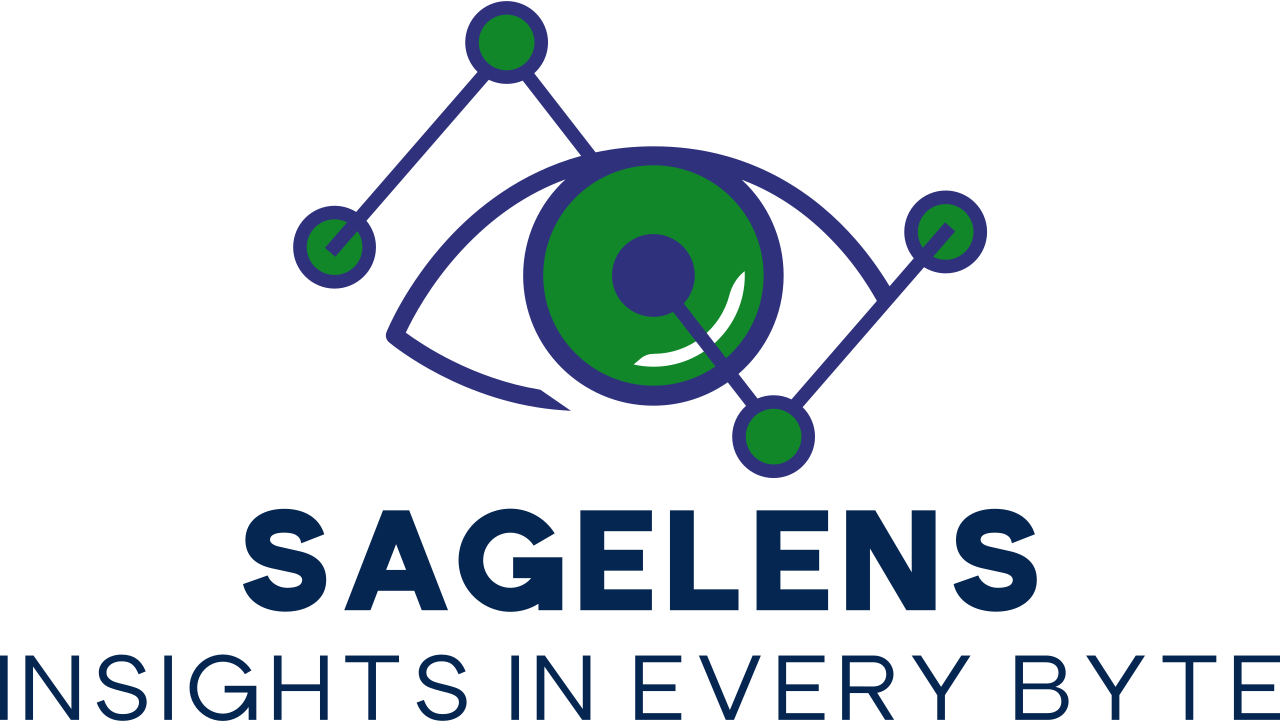In an era of rapid technological advancement, procurement teams are continually tasked with cutting costs, improving efficiency, and maintaining compliance—all while dealing with a growing mountain of administrative duties. Many of these duties involve highly repetitive tasks that sap time and energy better spent on strategic decision-making. Robotic Process Automation (RPA) offers a powerful solution: it automates routine, manual workloads, minimizes the risk of human error, and does so at a cost-effective rate. This technology is increasingly embraced by organizations of all sizes, as RPA tools can drastically reduce operational bottlenecks and optimize procurement workflows.
In this article, we’ll explore how RPA technology transforms procurement processes, the real-world use cases where it excels, the integration considerations with existing systems such as Enterprise Resource Planning (ERP) and e-Procurement platforms, and best practices for implementing RPA in procurement settings.
1. RPA’s Role in Modern Procurement
1.1 Defining RPA
RPA involves deploying software “bots” or “digital workers” that can mimic human actions in interacting with different applications and systems. These bots follow predefined rules to perform repetitive tasks like data entry, approvals, and invoice matching. Because RPA operates 24/7 without fatigue and maintains strict adherence to predefined rules, it dramatically reduces errors, accelerates processing, and frees up employees to tackle higher-value tasks.
1.2 Why Procurement Needs RPA
Procurement teams often juggle multiple responsibilities: finding and qualifying suppliers, negotiating contracts, managing payment terms, and ensuring compliance. Many of these processes involve lengthy paper trails or manual data entry—perfect scenarios for RPA to shine. By automating low-level tasks, RPA not only cuts operational costs but also boosts employee morale by removing mundane activities. Ultimately, this shift in labor allocation can give procurement professionals the bandwidth to focus on strategic initiatives such as relationship building, supplier risk management, and market intelligence.
1.3 The Cost-Effectiveness of RPA
RPA offers a clear, quantifiable return on investment (ROI). Although initial setup requires planning and resources, the cost of running RPA bots is relatively low compared to full-scale software deployments or extensive IT transformations. RPA systems often integrate seamlessly with existing software, meaning organizations don’t always need to replace their current solutions. As a result, RPA can be deployed at a lower cost, with minimal disruption to day-to-day operations, and produce measurable outcomes in a short timeframe.
2. Key Use Cases of RPA in Procurement
2.1 Invoice Processing
Problem: Manual invoice processing is one of the most time-consuming aspects of procurement. Humans must match invoice data (e.g., purchase orders, goods receipts, contract terms) against internal records, a procedure that is prone to error and subject to delays.
RPA’s Solution: Bots can capture invoice data—either by scanning digital documents or integrating directly with the e-Procurement system—and reconcile these details in real time. If discrepancies arise, the bot can automatically flag them for review or route them through an escalation workflow. By removing the human element from initial data extraction and validation, RPA significantly reduces errors and expedites the entire process.
Benefits:
- Lower invoice cycle times (from days or weeks to hours)
- Reduced error rates and rework
- Minimization of late payment fees and the possibility of capturing early-payment discounts
2.2 Purchase Requisition Approvals
Problem: Every request for goods or services typically requires multiple checks: budget availability, managerial sign-off, contract compliance, and supplier eligibility, among others. These approval steps often occur via email, slowing progress and introducing confusion about where a requisition stands at any given moment.
RPA’s Solution: Bots can track purchase requests as they move through various approval chains, automatically verifying budget codes, supplier compliance statuses, and contractual thresholds. If the request meets all criteria, the RPA bot finalizes the approval or routes it to the appropriate decision-maker. If an exception arises (e.g., request exceeds budget or is non-compliant), the bot halts the process, triggers an alert, and forwards the request to the right stakeholder for intervention.
Benefits:
- Streamlined approval workflows
- Real-time visibility of requisition status
- Elimination of bottlenecks due to missing or delayed approvals
2.3 Data Entry and Validation
Problem: Procurement teams continuously grapple with a flood of data—supplier profiles, contract terms, price updates, order confirmations—that must be accurately entered into procurement or ERP systems. Manual entry can introduce typographical errors and inconsistencies, leading to confusion and inaccurate reporting.
RPA’s Solution: A well-configured RPA bot retrieves information from one system (e.g., a supplier portal), formats it according to predefined rules, and inputs it into another system (e.g., ERP). With strong data validation checks, the bot also identifies anomalies such as incomplete fields or mismatched price terms and either corrects them when possible or flags them for human intervention.
Benefits:
- Drastically lower error rates
- Enhanced data consistency across multiple systems
- Rapid updates in real time, ensuring data accuracy for reporting and analytics
3. How RPA Integrates with Existing Procurement Systems
3.1 ERP Integration
ERP systems lie at the heart of many organizations, housing critical financial and operational data. Procurement teams often rely on the ERP for purchase orders, vendor records, inventory levels, and invoice management. Rather than building new procurement workflows from scratch, RPA can work on top of the existing ERP environment.
Integration Approaches:
- GUI (Graphical User Interface) Automation: Bots navigate the ERP user interface the same way a human would, clicking through forms and menus.
- API (Application Programming Interface) Integration: If available, bots can connect to ERP software via APIs, offering more reliable and faster data interchange.
3.2 e-Procurement Platforms
For organizations that have adopted dedicated e-Procurement platforms (e.g., Coupa, SAP Ariba), RPA can further automate functionalities such as supplier onboarding, catalog management, and real-time compliance checks. By bridging gaps between the e-Procurement software and other internal or external systems, RPA eliminates the “swivel-chair” effect where users must repeatedly switch between different applications to complete tasks.
3.3 Minimal Coding Requirements
One of the biggest attractions of RPA is its relatively low technical barrier to entry. Many RPA platforms feature “drag-and-drop” design, enabling business users to configure simple workflows without heavy reliance on software development teams. This empowers procurement professionals to rapidly create and modify automation scripts, accelerating time-to-value.
4. Best Practices for Implementing RPA in Procurement Settings
4.1 Start with a Pain Point Analysis
Before deploying RPA, identify the most pressing bottlenecks in your procurement cycle. Is it invoice processing delays causing late payments and strained supplier relationships? Or do manual approval workflows hinder the timely release of purchase orders? By homing in on specific pain points, you can achieve quick wins and garner organizational support for broader RPA rollouts.
4.2 Collaborate Across Teams
While procurement is the primary stakeholder, implementing RPA also involves IT, finance, and compliance departments. Engage these teams early to define success criteria, data governance standards, and integration requirements. Cross-functional collaboration reduces silos and ensures a smoother adoption process.
4.3 Prioritize Data Quality and Governance
RPA relies on accurate input data and consistent rules. If your supplier database contains duplicates or your invoice management process lacks standard naming conventions, the bot will simply replicate those inconsistencies at scale. It’s critical to invest in data governance, cleaning up existing records and establishing clear guidelines for data entry. This prevents the creation of “digital garbage” that can derail automation initiatives.
4.4 Monitor and Measure Performance
After deploying RPA bots, track key performance indicators (KPIs) to assess effectiveness. Examples include:
- Cycle Time: How quickly are invoices processed now compared to before?
- Error Rate: Has the number of incorrect entries or approvals decreased?
- Cost Savings: Are you realizing quantifiable savings through fewer penalties or more early-payment discounts?
- Employee Satisfaction: Do procurement staff feel relieved of mundane tasks and more engaged in strategic work?
Collecting this data and communicating it to stakeholders not only proves the RPA project’s value but also informs future improvements.
4.5 Scale Strategically
Once you have a successful pilot or initial RPA deployment, you can expand automation to additional processes or departments. Use learnings from the initial rollout—such as identifying common pitfalls, calibrating data validation rules, and refining best practices—to guide this scaling. A phased approach prevents the overwhelming complexity that can come from attempting enterprise-wide RPA deployment in one go.
4.6 Incorporate “Human-in-the-Loop” Principles
RPA does not replace human expertise. For processes requiring nuanced decision-making or high-stakes negotiation (e.g., supplier dispute resolution), human judgment remains indispensable. Embed “human-in-the-loop” checkpoints, where bots flag exceptions or complex issues for a human reviewer. This approach ensures quality control and fosters trust in the automation process.
5. Real-World Success Stories
5.1 Large Retailer Automates Invoice Matching
A national retailer dealing with thousands of invoices daily suffered chronic payment delays, incurring late fees and straining supplier relationships. By deploying RPA bots configured to match invoice line items with purchase order details, the retailer slashed its average invoice processing time by over 80%. The reduction in late payments improved supplier satisfaction, and the retailer captured early-payment discounts—leading to a tangible financial uplift within months of implementation.
5.2 Mid-Sized Manufacturer Streamlines Data Entry
A mid-sized manufacturing firm faced the tedious task of transferring order data from its e-Procurement platform into an aging ERP system. Procurement team members spent hours each week manually entering data, often making inadvertent errors. Implementing RPA bots that seamlessly “scraped” the e-Procurement platform’s data and updated the ERP not only eliminated typos but also provided near-instant data availability for management reporting. According to the firm’s CFO, the return on investment arrived within six months, largely through labor savings and avoided errors.
5.3 Government Agency Transforms Approval Workflows
A state-level government agency relied on manual email chains for approving critical purchases, leading to lost requests, accountability issues, and slow turnaround times. With RPA, the agency built an automated approval workflow that routed each requisition to the appropriate manager, based on predefined spending limits. The system instantly flagged requests exceeding budget thresholds for closer scrutiny, reducing the risk of budget overruns. The result was a far more transparent, efficient, and compliant procurement process.
6. The Bigger Picture: Moving from Mundane to Strategic
RPA’s greatest value in procurement lies not only in cost savings or error reduction but also in liberating procurement professionals to engage in more strategic work. With invoice processing, data entry, and basic approvals largely automated, the procurement team can pivot to higher-impact areas such as:
- Market Intelligence: Analyzing commodity trends and pricing data to negotiate more favorable contracts.
- Risk Management: Proactively identifying and mitigating supply chain risks, whether from geopolitical tensions or supplier financial instability.
- Innovation and Sustainability: Collaborating with suppliers on product innovation or sustainability initiatives, which can differentiate an organization in today’s socially conscious marketplace.
By offloading repetitive chores, RPA paves the way for a smarter, more agile procurement function that aligns closely with broader business objectives.
7. Conclusion
Robotic Process Automation (RPA) has emerged as an accessible, cost-effective technology that can drastically improve procurement operations by reducing manual workloads, mitigating human error, and accelerating key processes. Whether it’s automating invoice processing, purchase requisition approvals, or data entry, RPA delivers quantifiable benefits—including time and cost savings, better compliance, and heightened accuracy.
Successful RPA adoption hinges on thoughtful planning: selecting the right processes, ensuring data quality, fostering cross-functional collaboration, and embracing a culture of continuous improvement. By deploying RPA effectively, organizations can unlock procurement’s strategic potential. Staff freed from repetitive tasks can focus on negotiating better supplier terms, analyzing market conditions, and building stronger supply chain relationships—all of which drive competitive advantage in an increasingly data-driven world.
In short, RPA not only tackles short-term process inefficiencies but also sets the stage for a more innovative, forward-looking procurement function. With RPA in place, procurement becomes less about manual data handling and more about strategic influence—helping organizations stay agile, resilient, and primed for long-term success.


